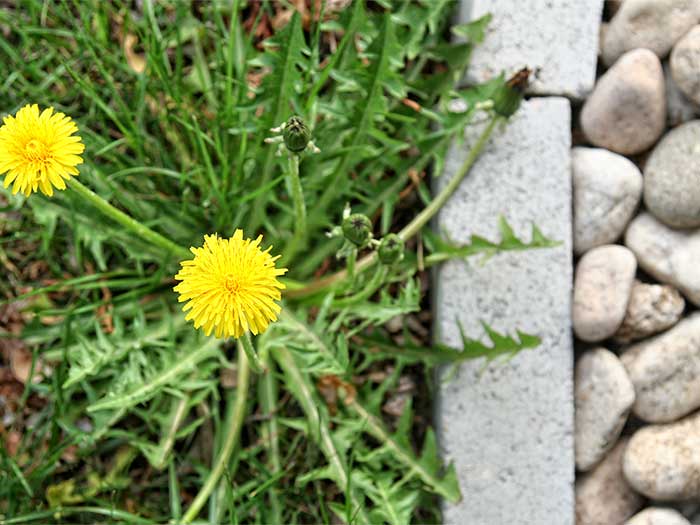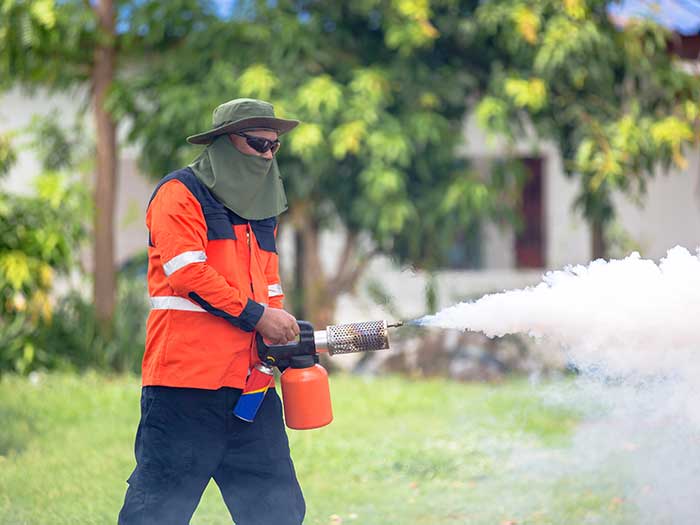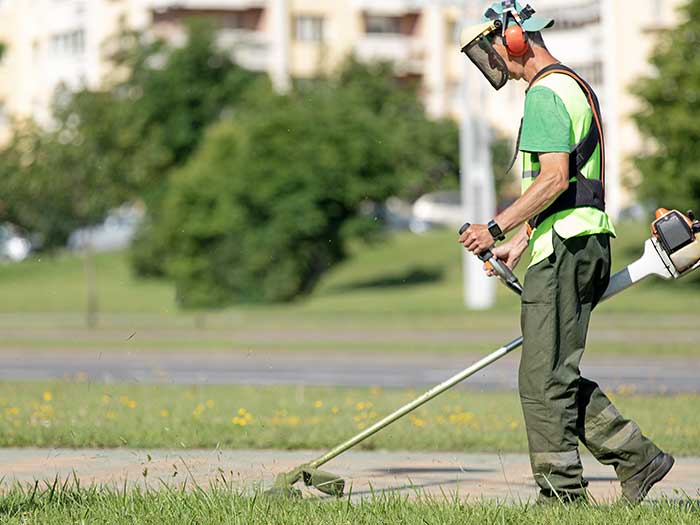Reliable Weed Control & Fertilization Services in Hoover & Surrounding Areas
At Running Roots Lawn Care, we understand that a healthy, lush lawn is the pride of any homeowner. Our reliable weed control and fertilization services are tailored to meet the unique needs of lawns in Hoover and the surrounding areas. With our comprehensive approach, we target and eliminate stubborn weeds, ensuring your lawn stays green and vibrant throughout the seasons. Our experts use high-quality, environmentally friendly products that not only combat weeds but also enrich your soil with essential nutrients.
We pride ourselves on delivering exceptional customer service and outstanding results. Our experienced technicians conduct thorough assessments of your lawn to develop customized treatment plans that address specific challenges. Whether you need regular maintenance or a one-time treatment, we are dedicated to transforming your lawn into a beautiful, weed-free oasis. Trust us to keep your lawn looking its best with our top-notch lawn fertilization & weed control services.
Learn More About Us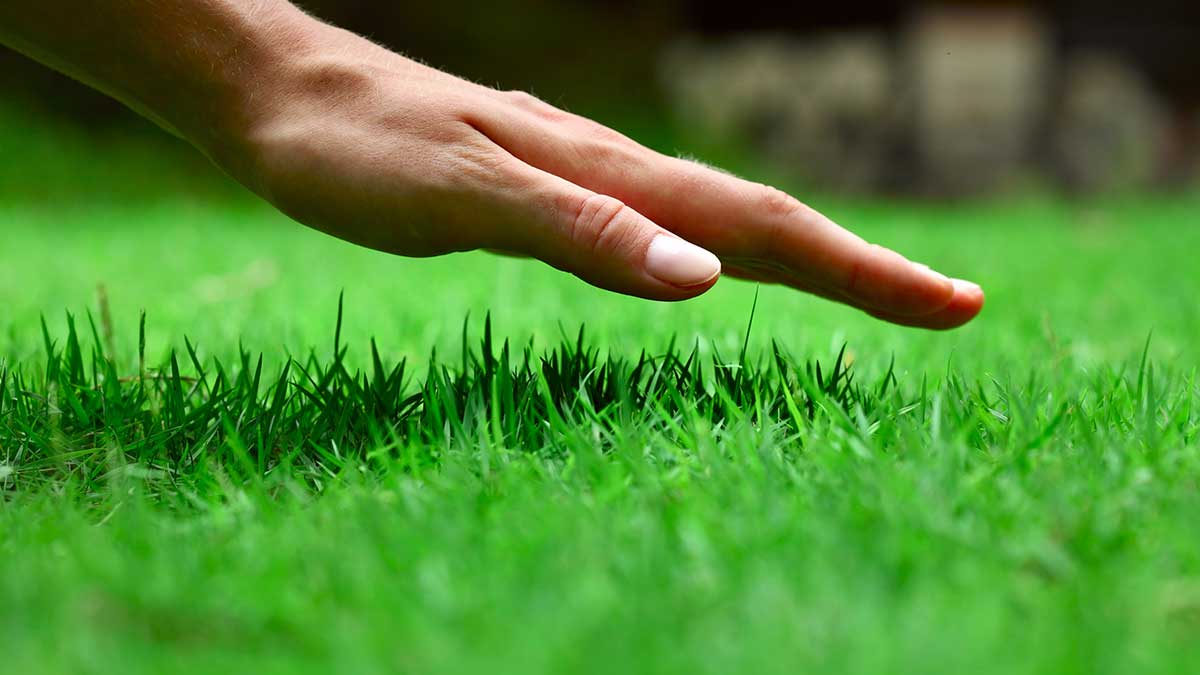
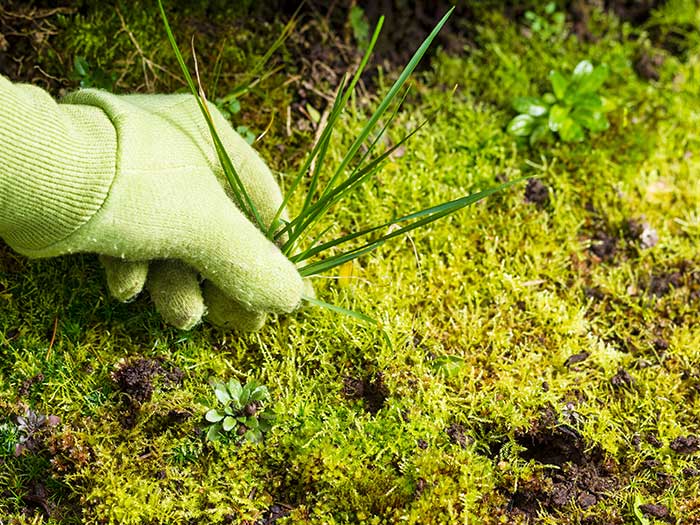
Licensed
Business
Free
Estimates
Skilled
Technicians
Customer
Satisfaction
Why Running Roots Lawn Care Is Right For You
At Running Roots Lawn Care, we combine years of expertise with a passion for exceptional lawn care to deliver outstanding results for our clients. Our commitment to using top-quality, eco-friendly products ensures that your lawn not only looks its best but also thrives in a healthy and sustainable manner. With personalized service, competitive pricing, and a team of dedicated professionals, we go above and beyond to meet your lawn care needs and exceed your expectations. Choose Running Roots Lawn Care for reliable, expert care that makes your lawn the envy of the neighborhood.
GET FREE QUOTE!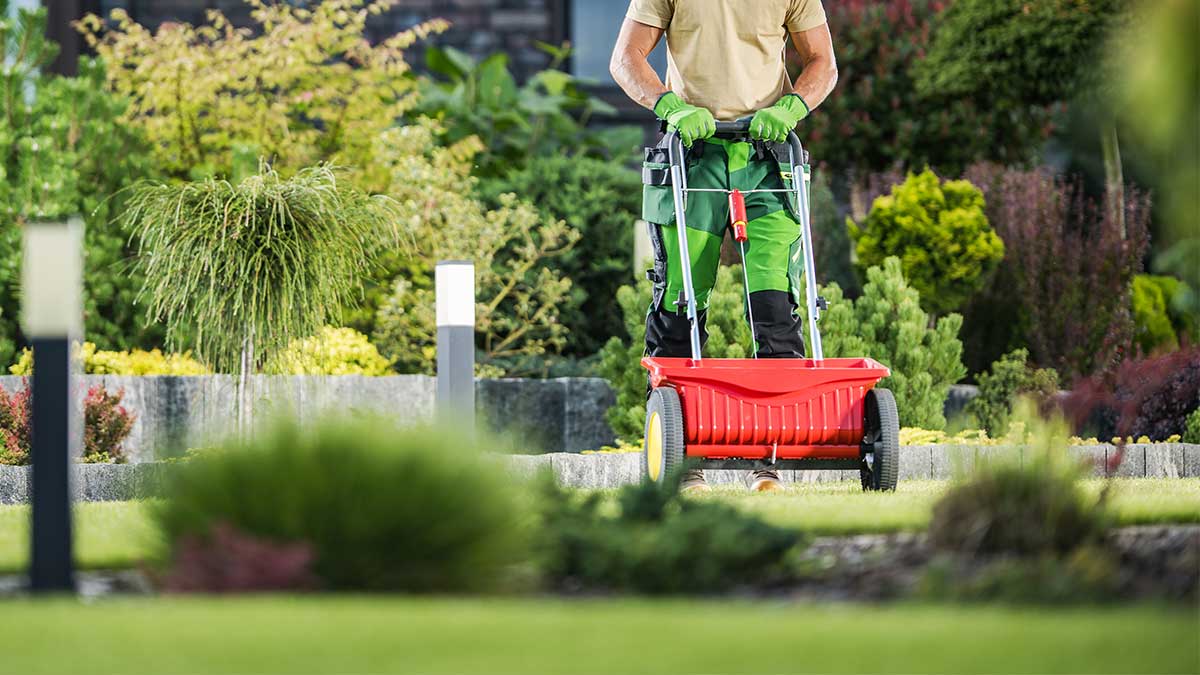
Say Goodbye to Weeds in Hoover With Our Professional Lawn Care Solutions
Wave goodbye to unwanted weeds and hello to a lush, green lawn with our professional lawn care solutions in Hoover. Our lawn care team is dedicated to providing top-tier weed control services that are both effective and environmentally responsible. Using advanced techniques and high-quality products, we target and eliminate weeds at their root, ensuring they don't return. Trust Running Roots Lawn Care to transform your lawn into a beautiful, weed-free oasis that enhances the curb appeal of your home.
Learn More About Lawn Care SolutionsResidential & Commercial Mosquito Control Services in Hoover & Surrounding Areas
Protect your property from the nuisance of mosquitoes with mosquito control services for both residential and commercial clients. Our technicians utilize safe and effective treatments to eliminate mosquito populations, creating a comfortable outdoor environment for your family, guests, or customers. With our proactive approach, we ensure long-lasting results, allowing you to enjoy your outdoor spaces without the constant threat of mosquitoes.
Learn More About Mosquito Control Services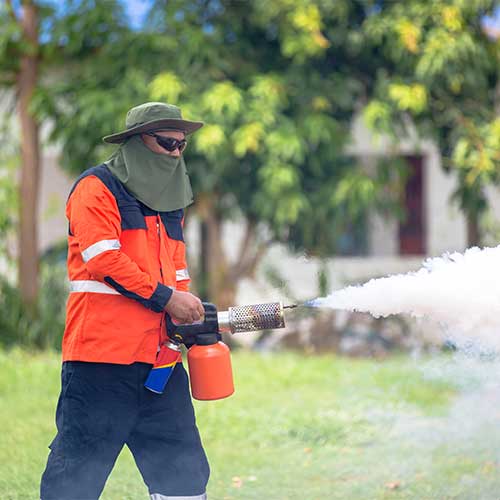
Get Your Lawn Back Today
Cities We Protect
At Running Roots Lawn Care, we proudly extend our top-notch lawn care and pest control services to numerous cities in the region. Our service areas include:
Cites we Service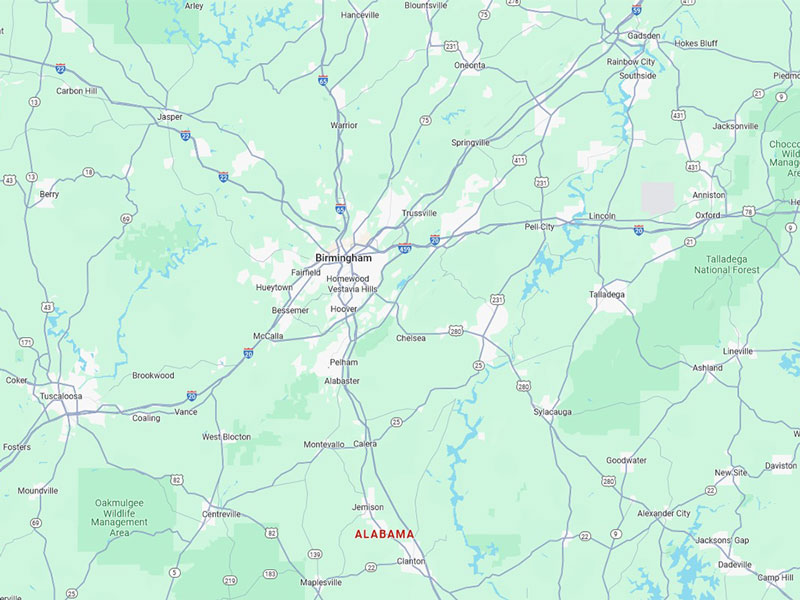
Recent Jobs Completed
Coming soon!
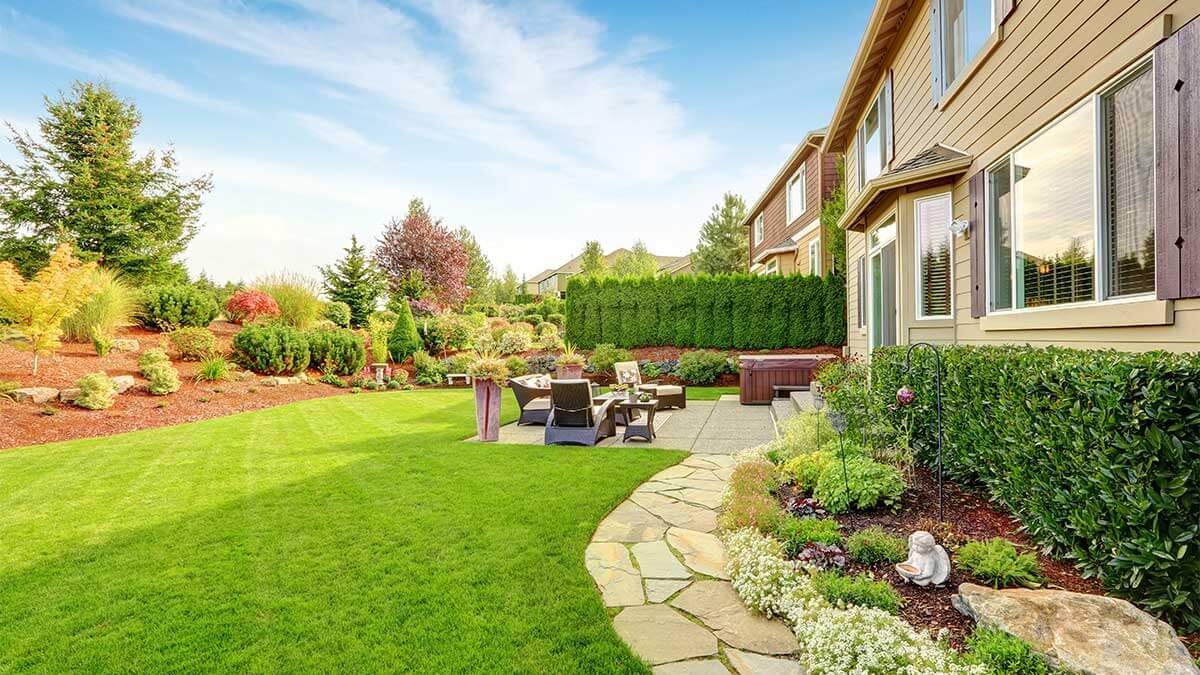
FAQS Answered By Your Experts!
The best time to fertilize your lawn depends on the type of grass you have. For cool-season grasses, early spring and fall are ideal times for fertilization. For warm-season grasses, late spring through early summer works best. Fertilizing at the right time ensures your lawn receives the nutrients it needs for optimal growth and health.
To maintain a clean and healthy appearance, we recommend treating your shrub beds for weeds every 6 to 8 weeks. Regular weed control treatments prevent unwanted growth and ensure your shrubs have the space and nutrients they need to thrive.
Absolutely! We offer comprehensive lawn care services for both residential and commercial properties. Our team is experienced in handling the specific needs of commercial landscapes, ensuring your business property looks professional and inviting year-round.
Our mosquito control program includes thorough inspections of your property, targeted treatments to eliminate existing mosquitoes, and preventative measures to reduce the likelihood of future infestations. We use safe and effective products to ensure your outdoor areas remain mosquito-free and enjoyable.
Latest Articles
-
The 5 Pitfalls of DIY Weed Control
While DIY projects can be fulfilling, tackling weed control without professional guidance can lead to several challenges and suboptimal results. Effective weed management requires more than just pulling out visible weeds or applying store-bought herbicides. Understanding the pitfalls of DIY weed control helps highlight the benefits […]
-
The Importance of Mosquito Control
Mosquitoes, often regarded as a mere nuisance, pose significant health risks and environmental challenges that underscore the importance of effective mosquito control measures. These tiny, seemingly innocuous insects are vectors for numerous diseases, including malaria, dengue fever, Zika virus, and West Nile virus. Beyond their role […]

Enjoy Your Yard Again With Our Weed Control & Fertilization Services in Hoover & Surrounding Areas

